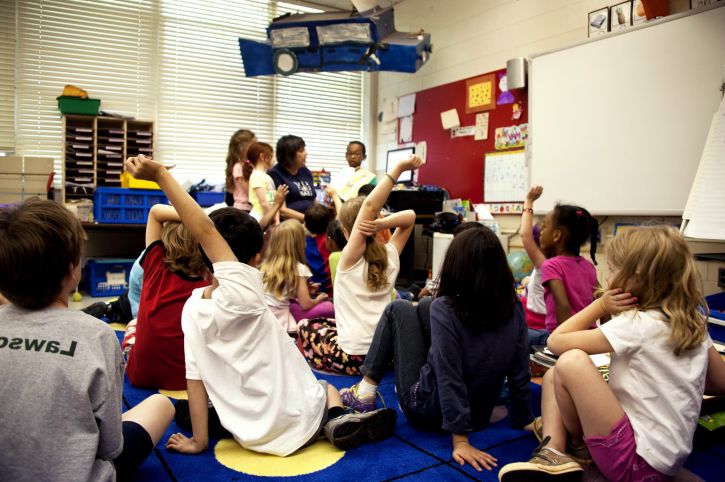The sage lexicographers at the Oxford Dictionary chose the hyphenated couplet post-truth as the Word of the Year for 2016 — twelve months that saw made-up facts supersede real facts on a daily basis. An analysis by BuzzFeed concluded that “in the final three months of the U.S. presidential campaign, the top-performing fake election news stories on Facebook generated more engagement than the top stories from major news outlets” including the New York Times, Washington Post, and 17 others — combined.
This sort of information-warring has long been a feature of environmental policymaking, unfortunately, as opponents of regulation often have claimed with little evidence that it saps the vitality of the economy without much benefit. The post-truth era began a long time ago in environmental law.
At a time when public support would be helpful, distressingly, the citizenry is ignorant of the relevant facts. According to one report, “45 million Americans think the ocean is a source of fresh water; 120 million think spray cans still have CFCs in them even though CFCs were banned starting in 1987 (due to the ozone ‘hole’); another 120 million people think disposable diapers are the leading problem with landfills when they actually represent about 1 percent of the problem; and 130 million believe that hydropower is America’s top energy source, when it accounts for just 10 percent of the total.”
This is no good. Environmental protection may be one of the most difficult areas of public policy, relying on law, science, engineering, economics, and risk analysis as its justifications and sources of expertise. These are areas that justifiably confuse the public. They also confuse decisionmakers. Education at all levels would clearly help.
It was one thing when you could see pollution coming out of a smokestack or a discharge pipe. Today’s environmental concerns, particularly global warming, can involve imperceptible changes and effects that won’t be felt for decades. In the United States, rivers don’t catch on fire anymore. That is of course a good thing but unfortunate when it comes to risk communication with the public — and when it comes to serving as a spur to action by business and government decisionmakers.
 |
|
Photo by Amanda Mills |
To the rescue are America’s teachers. “In response to the lack of formalized environmental education in the United States, 48 states are in the process of developing Environmental Literacy Plans through their state environmental education organization,” according to a doctoral dissertation published last spring by Karena Ruggiero of the University of Tennessee.
Simultaneously, new national guidelines by a professional association “provide a framework for the integration of environmental education into current state curricula, propose graduation requirements for environmental literacy, suggest steps for teacher professional development, detail assessment strategies, and propose funding sources and policy action steps,” she reports.
And not a moment too soon, as environmental literacy is key to the citizenry’s response to the challenges posed to public health and the biosphere.
Environmental education and environmental law grew up together. Indeed, in the same year that saw the signing of the National Environmental Policy Act and the Clean Air Act plus the founding of EPA, Congress also passed the National Environmental Education Act of 1970.
However, in 1997, when the National Environmental Education and Training Foundation engaged the Roper Center on Public Opinion Research to evaluate whether almost three decades of federal efforts had improved public understanding, the answer was bad news. Roper reported that “Americans have low levels of knowledge on basic environmental facts, underlying science, causes of certain conditions, and important public environmental issues.”
Then the passage four years later of the federal No Child Left Behind Act, with its emphasis on core skills, ironically left little room for environmental education. Fortunately, this change simultaneously begat the movement for state Environmental Literacy Plans.
Interestingly, while there is unevenness around the country in plan effectiveness, Ruggiero’s study “shows that political affiliation of the state, as a conservative or liberal state, is not a strong determinant of overall success of the plan.” A new federal law promises to help environmental educators, providing K-12 funding for the first time, which could help smooth over the disparities in state plans and spread success stories and best practices.
Unfortunately, adults too will need to be educated on environmental protection. According to a 2005 quiz given to select groups, Ruggiero reports, environmental illiteracy was commonplace in “men and women who sit on governing bodies, town councils, and in corporate board rooms, and whose decisions often have wider ramifications on the environment.”
Schoolteachers are taking care of the next generation. There is still a role for environmental professionals to play there, but more immediately in educating the wider public and decisionmakers in government and business.
